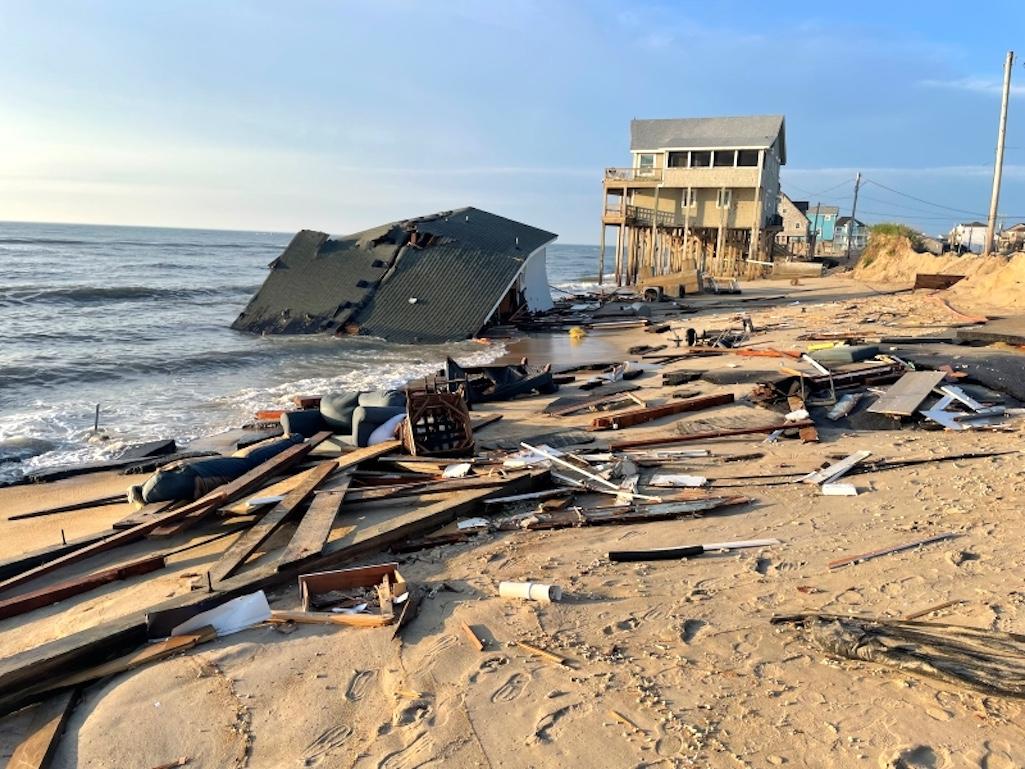
Shifting sands at Cape Hatteras National Seashore are claiming beachfront properties/NPS file
You already know what a big impact climate change is having on your favorite national parks — especially those along the coast, which are struggling to cope with the impact of rising sea levels, subsidence, and increasingly potent storms. Over the coming months, the National Parks Traveler is developing a multi-part, multimedia series to examine what has already happened — as well as the threats that loom as our planet continues to warm.
We’ll be investigating parks up and down the Eastern Seaboard, digging into the risks to the parks’ environment, economic outputs, and priceless cultural and archaeological resources. We’ll answer questions such as what will saltwater intrusion does to marshes, mangroves, and salt flats, and what will be the economic impact of the loss of these marshes, which play an invaluable role in reducing the impacts of storm surge and flooding.
We’ll look at how access to national parks will be affected by rising sea levels, and the impact it will have on recreation (and on local economies dependent on tourism). We’ll also dig into some of the priceless cultural and archaeological treasures at risk — historic Jamestown, Fort Pulaski National Monument, Fort Jefferson at Dry Tortugas National Park, and the ancient Wabanaki heritage sites at Acadia National Park.
But we can’t do this critical work without your help. The National Parks Traveler is a nonprofit news site, which means that every investigation we undertake and every story we write is funded by dedicated readers like you. Please help make this important reporting possible by clicking on the button below and making a tax-deductible donation to National Parks Traveler today.
We’re so grateful for your support.

 Support Essential Coverage of Essential Places
Support Essential Coverage of Essential Places



